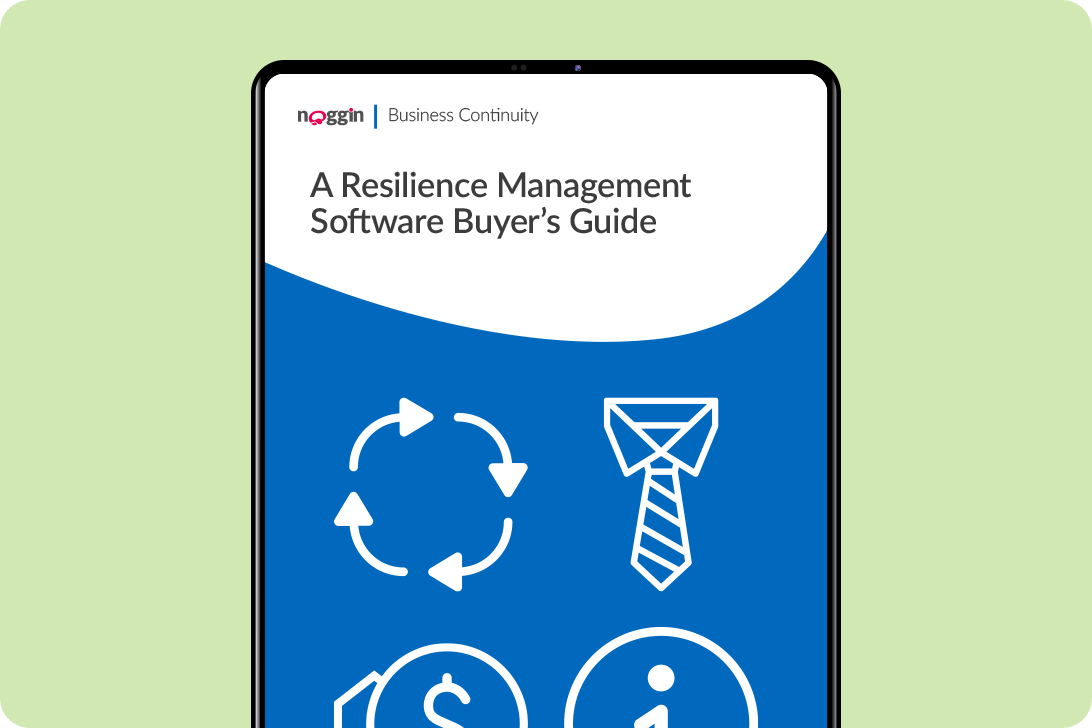Request a Demo
Fill in the form below and we will contact you shortly to organised your personalised demonstration of the Noggin platform.
Meet Noggin
An integrated resilience workspace that seamlessly integrates 10 core solutions into one, easy-to-use software platform.
The Noggin Platform
The world's leading integrated resilience workspace for risk and business continuity management, operational resilience, incident & crisis management, and security & safety operations.
Industries
Explore Noggin's integrated resilience software, purpose-built for any industry.
Capability Management for Volunteer Responders
Best Practice Guide
The value of capability management
To be successful, volunteer disaster and emergency response depends on effective resource management. Materials, supplies, technologies, and especially responders must be deployed to the disaster zone as efficiently as possible.
But as veteran managers and dispatchers can attest, getting those resources to the right place at the right time, an enormous challenge in and of itself, is still only half the battle. The other half is no less trying. That is the task of ensuring the maximal productivity of resources once they do reach the disaster zone. Here, we quickly enter the realm of capability management.
The main purpose of a capability–a set of differentiated skills, complementary assets, and routines–is to maximize and improve the productivity of other resources. In the emergency response context specifically, capabilities do something quite important: they bolster an organization’s capacity to effectively deploy resources within preexisting, preapproved incident command systems, structures, and protocols.
In this way, resources and capabilities go hand in hand: capabilities link resources and strategies to effective actions in the field. Managing one without considering the other dramatically reduces the effectiveness of the response effort. Because when done well, capability modelling facilitates operational efficiency above and beyond a strictly resource-based approach.
Download the full guide to continue reading >>



